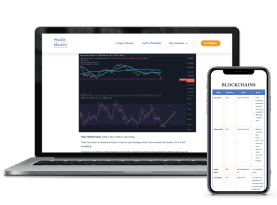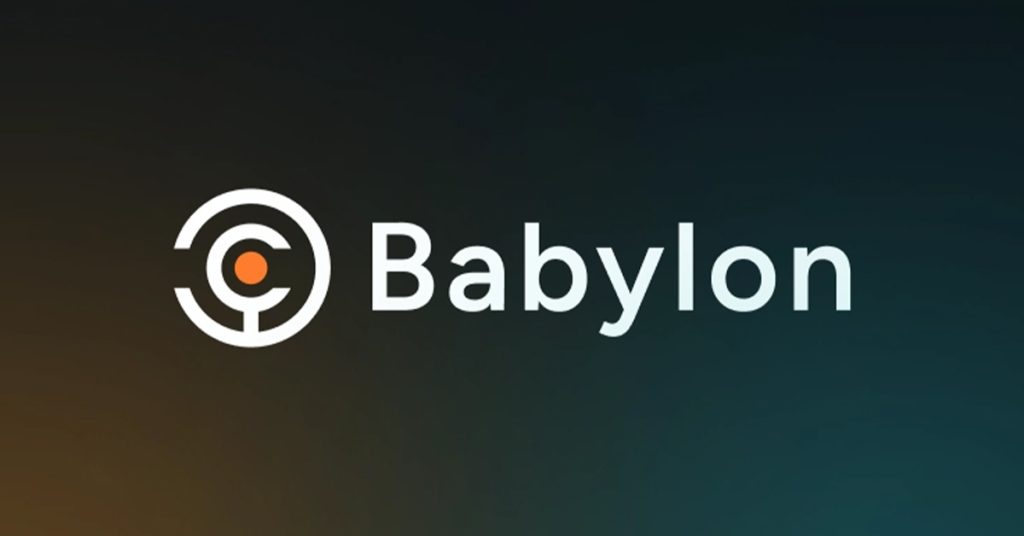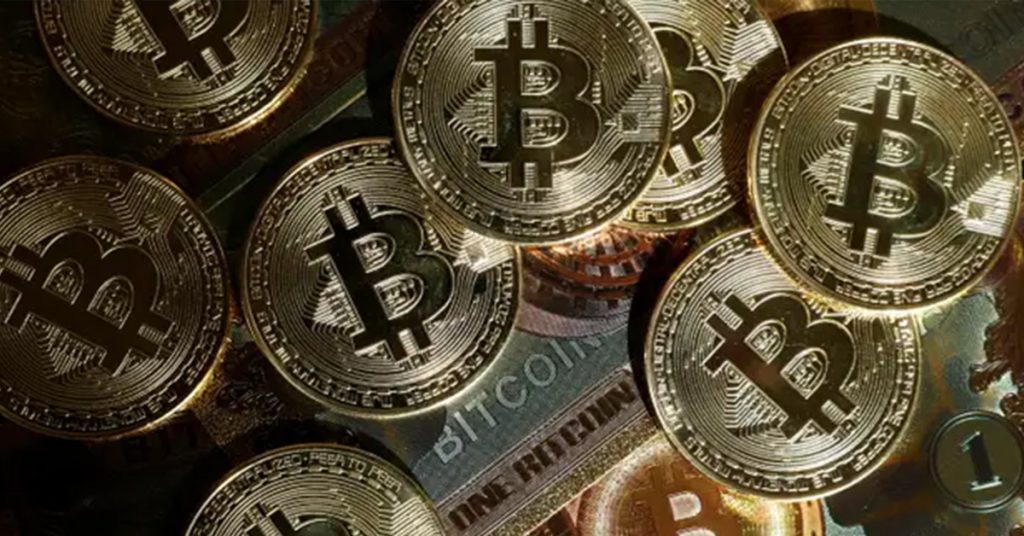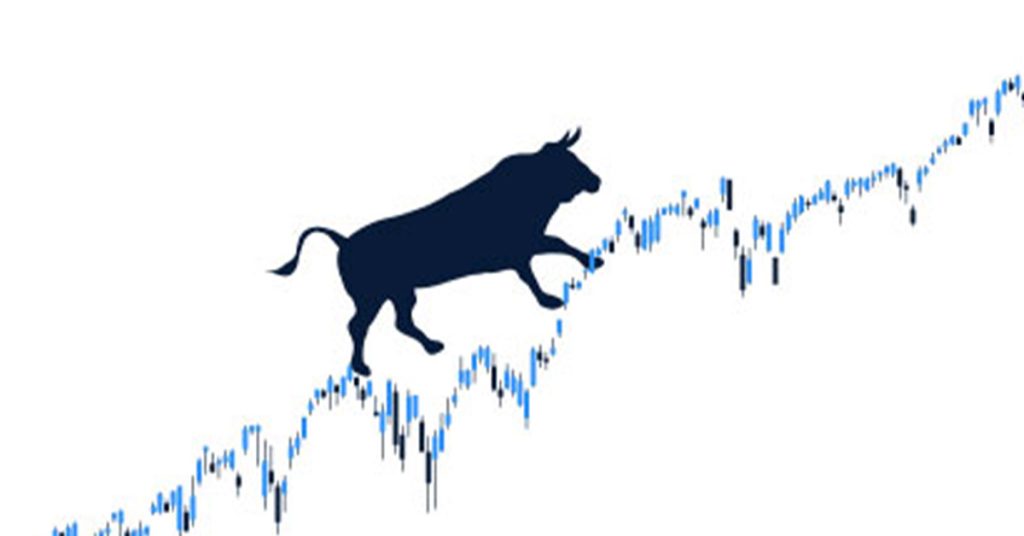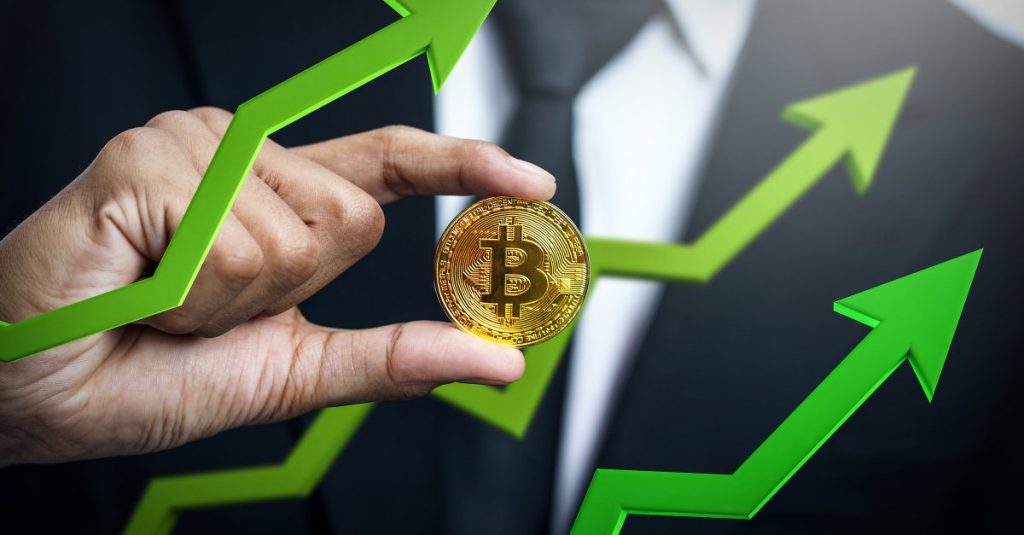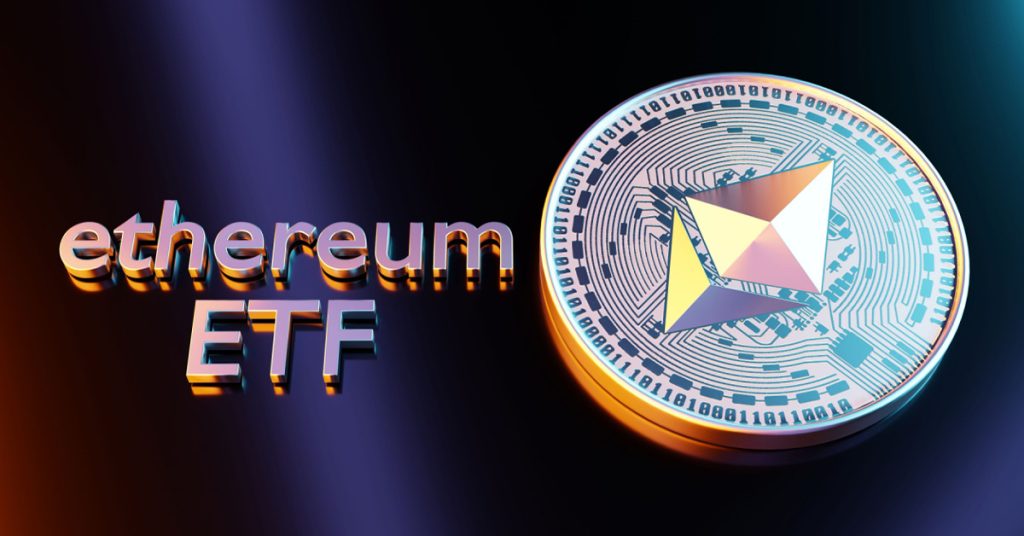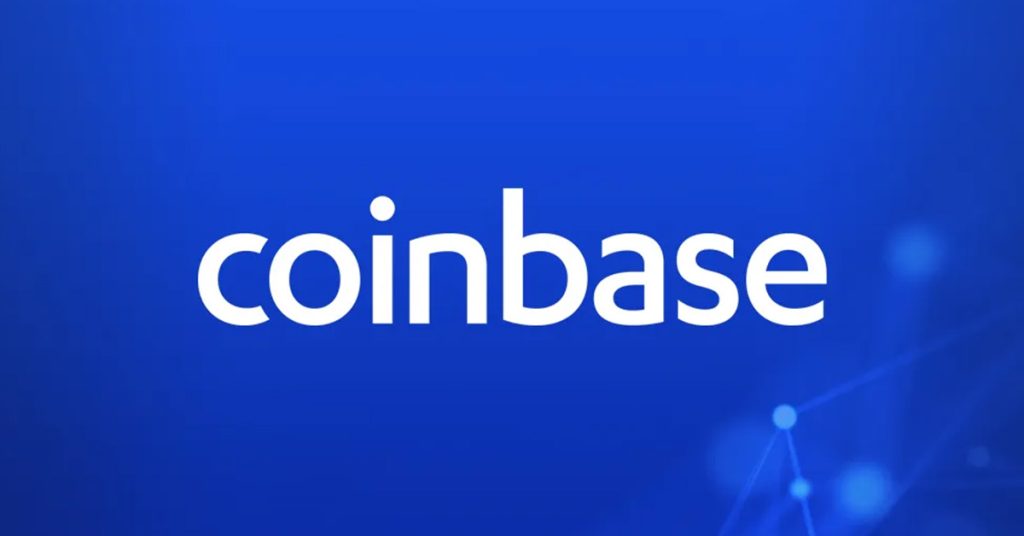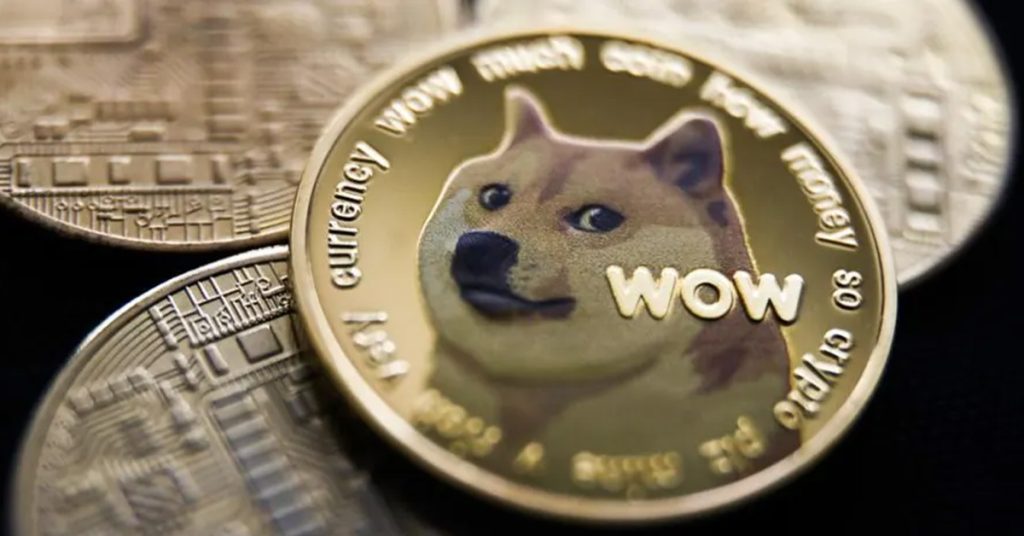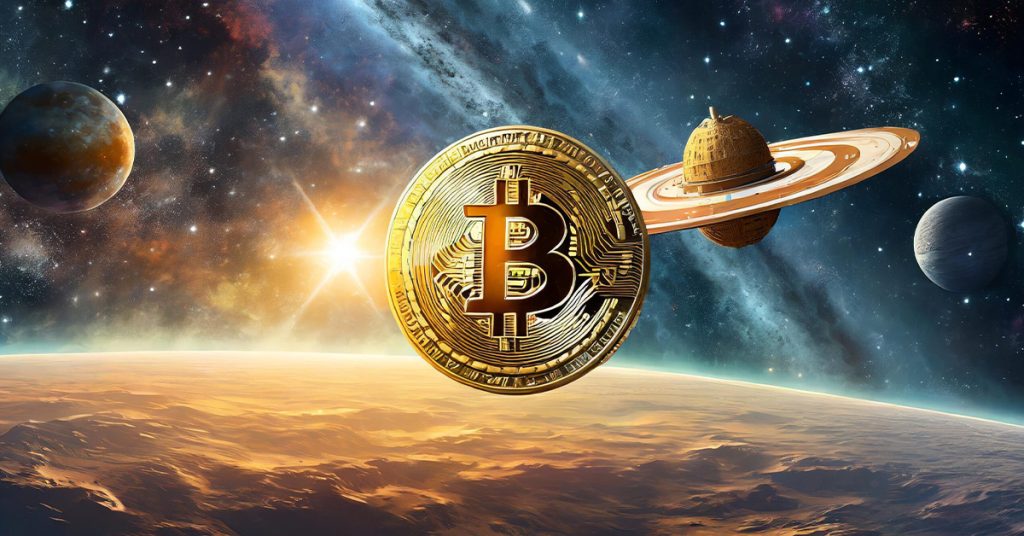Points: Airdrop Farmers No Longer in the Dark
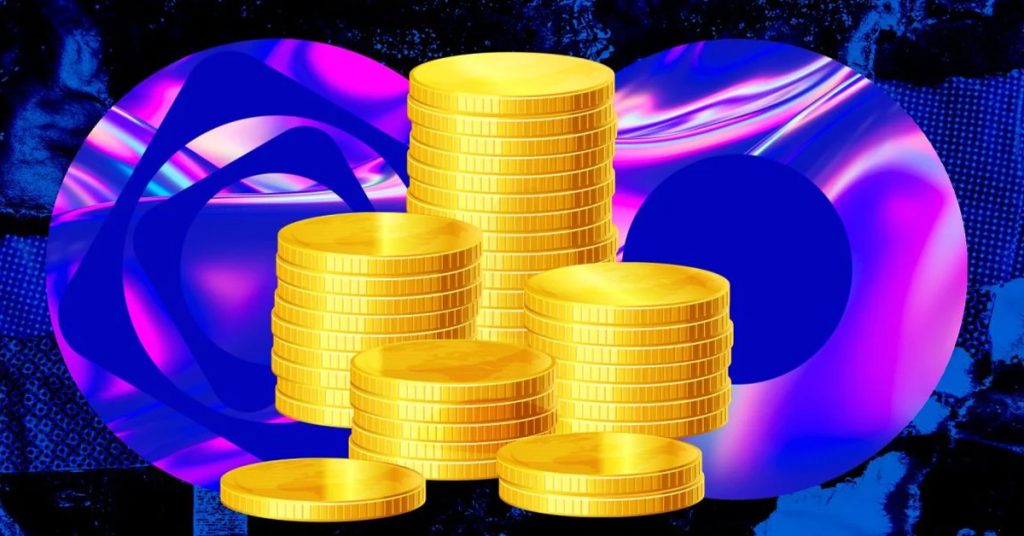
TL;DR
Collecting points has become a dominant ‘game’ in crypto in the past half year. Collecting points is to airdrop hunters what collecting air miles is to frequent flyers: it keeps a tab on their activity. Airdrop hopefuls get a sense of how much they might collect when the drop drops. Let’s discuss some pros and cons of this approach.
Crypto is supposed to be an innovative industry but it apparently isn’t above lending some true-and-tried marketing tools from the traditional marketing world. Enter: points. Wait, loyalty points, air miles, coupons? You get the idea, points have been around forever in more traditional circles.
The obvious difference? While air miles will pay you in extra travel distance, crypto projects pay you in… coins. Your air miles won’t get tokenized, but your points – the fruits of your crypto labor – mostly will.
The Fruits of Your Crypto Labor Expressed in Points
But what ‘crypto labor’? Points – basically an off-chain accounting system for tracking user activity on a given protocol – track the various kinds of activity that users of test nets or newly launched protocols have displayed.
What are the most common tasks that people get rewarded for?
- Providing liquidity/ staking
- Bridging assets from one chain to another
- Trading assets (spot or perpetual)
So, points reward you for moving your crypto capital around on a new protocol that hasn’t a token or coin yet.
The below dashboard is from Solan-based real estate index trading exchange Parcl.
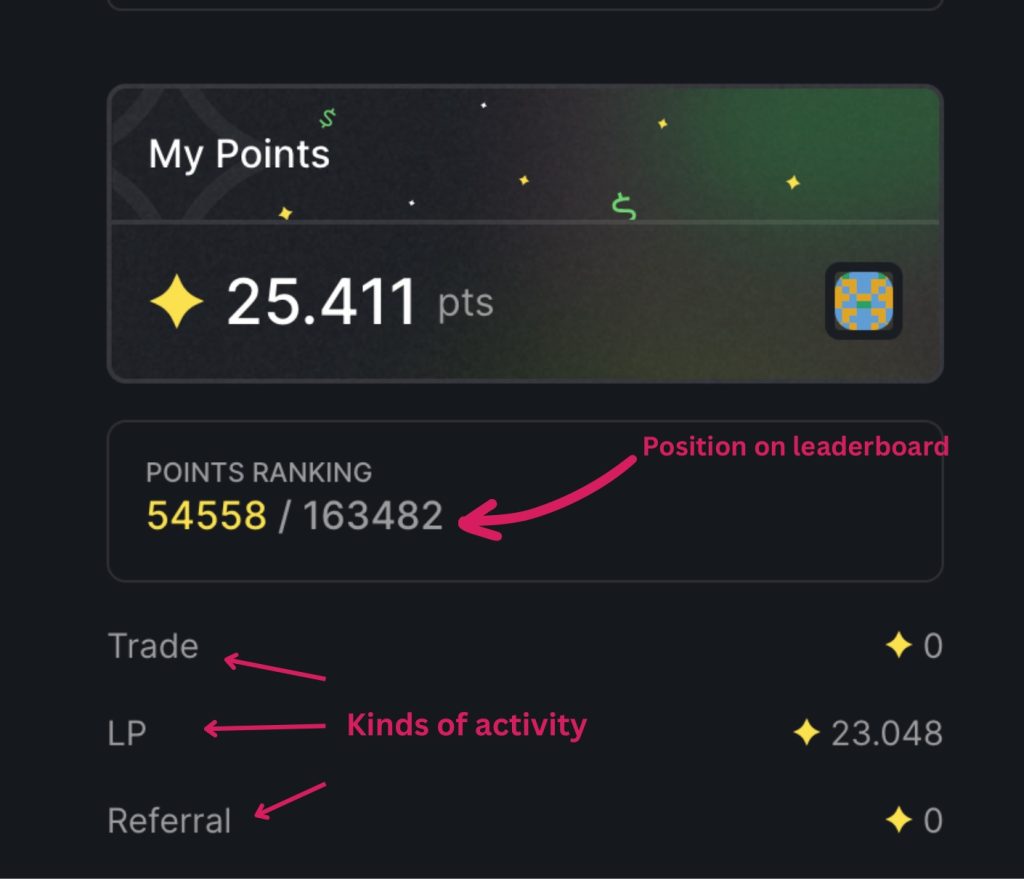
As you can see, the writer of this article has amassed more than 25.000 points. Like pinball machine points, points are easy to hand out. So, how much are they even worth? Well, it put me in roughly the 30th percentile on the leaderboard. And this leaderboard position indication is a good way to gauge if you are farming points to any meaningful degree.
My points have exclusively been collected based on Liquidity Providing (LP). The reason that the total number of points is higher than the LP points is the bonus percentage from another referral.
Talking about referrals, this is another way that many platforms let you collect points: by letting you perform social tasks such as following them on X, Discord, reposting tweets, refer friends.
History of Points Programs
Blur, the largest NFT marketplace by trading volume, is often cited as the first crypto project to successfully introduce a points system when it launched in October 2022. The BLUR airdrop was a huge success, which told airdrop farmers everything they needed to know: points imply an airdrop.
Following Blur,friend.techdoubled down on the points playbook, linking points explicitly to airdrops: points were featured in the airdrops section of the app.
It was the Jito airdrop of December 2023 that made the points rage reach new heights. Thousands of dollars worth of JTO were dropped per user, again based on a points metric that was rooted in the amount of activity users deployed. It made everyone take notice.
Since then, point systems have been introduced or announced by many new protocols. To name a few top ecosystems/apps:
- EigenLayer ecosystem: the Ethereum restaking protocol Eigenlayer adds points in a fine-grained way: per hour per staked amount of Ether. Many apps that allow you to restake your Ether on Eigenlayer, such as Ether.fi and Claystack, have launched points of their own.
- The Solana ecosystem. Defi apps Drift, Solend, Kamino, MarginFi and the aforementioned Parcl.
- Crypto wallets Rabby and Rainbow
- NFT marketplace Tensor and Magic Eden
- Social media platforms such as Warpcast, built on Farcaster
These are just examples: expect most of the majority of new tokenless protocols to come with a points program.

Why Points?
DeFi lending protocol MarginFi summed up why they introduced points:
“Points provide a quantitative answer to the question of how much a user has contributed to the mrgn ecosystem’s success.”
So, points are a neat way to aggregate all kinds of usage metrics. In the case of MarginFi, users get points for lending, borrowing and referring new users.
Trevor Bacon, one of Parcl’s co-founders, said points are yet another example of crypto’s ability to put a new spin on finance.
“Loyalty points do [exist], but it’s not for ownership of the network. Like, you get loyalty points at Delta, [but] you don’t own Delta stock.”
Indeed, the whole point of the crypto industry is that users can co-own the network.
But, you might ask, if new projects want to reward you financially for your activity, why not outright hand you the actual coins or tokens? Well, there are legal and regulatory complexities here. A project could face scrutiny from the SEC if it rewards users in this way. A financial instrument that promises rewards based on activity is eerily like a security, and would need to be registered and regulated first.
So, issuing points gives early users some kind of reward with the layer of protection that no one is actually issuing a financial asset. Everyone’s happy: the team’s lawyers and the project’s airdrop farmers.
Disadvantages
Points are a kind of weird hybrid of stickers you get from the kindergarten teacher and actual coins. That’s why they have received some scorn on principle grounds. Here are some:
Points are against the spirit of the ‘early generation’ of airdrop hunters. They felt like pioneers, and took for granted that their actions had uncertain outcomes. With the points system, they feel more like slave laborers, or, indeed, farmers.
Points don’t guarantee an airdrop: Friend.Tech is an example of a project Points but no airdrop (yet). Users frantically bought keys in the hopes of an imminent airdrop and grew disaffected when it didn’t come.
Points are not on-chain. We are crypto people, we like rules-based tokenomics. These points are stored in a database somewhere and we can’t track. And who says the points distribution system won’t be changed on a whim? The tokenomics – or should we say point-o-nomics – are not always clear.

Advantages
Points have advantages too:
- It’s reassuring to see that your activity has been taken track of. It feels less like a stab in the dark.
- It gives you an incentive to ‘improve your high score’ each day. And ‘compete’ with others through leaderboards, so you know where you stand. It’s a way to gamify farming.
Trading Points: Wales Market and Kelp DAO
Crypto wouldn’t be crypto if it hadn’t found ways to trade the not-yet-tradable assets called points. Wales Market is an example, Kelp DAO is another.
Wales Market is an OTC (over-the-counter) points and pre-airdrop marketplace built on Solana.
Without getting too much into the details, the platform allows points holders and airdrop recipients to trade their assets in a dependable way with willing counterparties.
Secured by smart contracts, traders can create their buy or sell offers and set their own terms regarding price and quantity.

Kelp DAO, a big liquid restaking protocol, introduced the KEP or “kelp earned points” token, allowing users to trade the otherwise illiquid EigenLayer points/rewards.
The token can be freely traded, which makes EigenLayer points liquid. This brings us to the question: what is the value of points?
What is the Worth of Points?
Let’s take Eigenlayer as an example to asses a way to determine the worth of points.
Currently, the amount of ETH deposited in EigenLayer is roughly a million. Depositors will receive one point per hour for every 1 ETH they stake, with a total of approximately 2 billion points accumulated (here’s a good dashboard). We can expect that by the time of the token launch the figure will be around 5 billion.
Eigenlayer is incredibly hyped up and it wouldn’t surprise me if the valuation would start at $20 billion. Assuming (an educated guess) that 10% of the total EIGEN supply is airdropped to stakers, this would amount to $0.40 per point.
As you can tell, you need to make some educated guesses.
Conclusion
Points have their disadvantages and feel like a watered-down version of tokens/coins. And sure, there will be some disappointments as some projects won’t convert their points to coins. There are no guarantees in the world of airdrops. Still, the fact that airdrop farming is no longer a stab in the dark, can feel reassuring. Go ye, young farmer, and water the fields!

